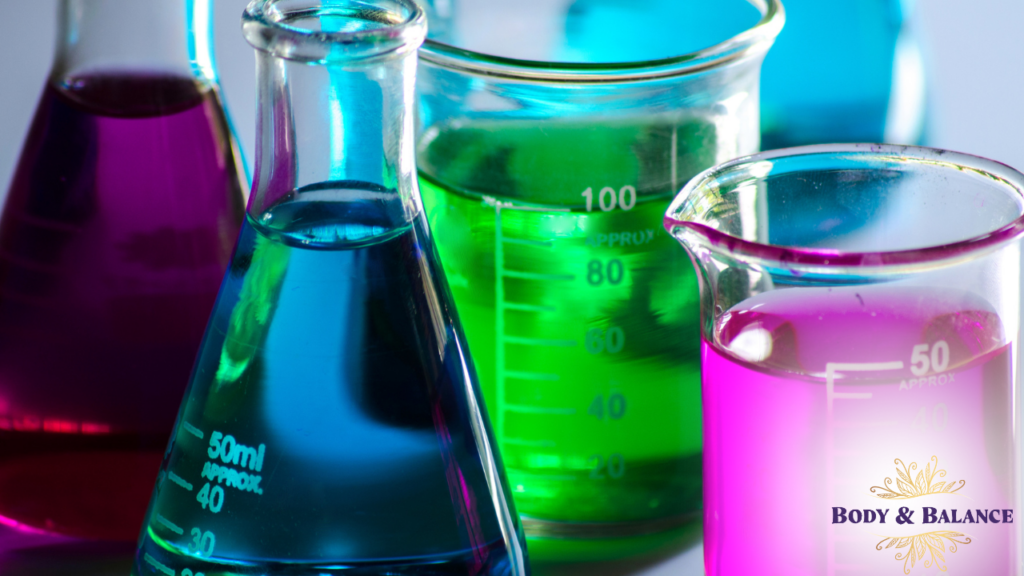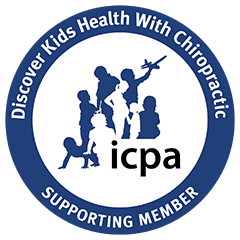There are some scents that we can all easily identify: freshly cut grass, a warm baby, or a new car. But, of those, only one of them is toxic.
What is off-gassing?
This word was first used in 1966 to describe the release of gaseous chemicals from solid material. For instance, the Construction Dictionary defines “off-gassing” as the release of airborne particulates. These are often from installed construction materials such as carpeting, cabinetry, or paint. They can cause allergic reactions and other health problems in building occupants. The problem is this is just the tip of the iceberg; off-gassing can come from several other sources.
While carpeting, linoleum and particle board are to be expected there are more sources. These include mattresses, cleaning supplies, lotions, shower gels, laundry detergents, dryer sheets, shampoos and perfumes are not. Anything with a chemical composition that releases an odor is technically off-gassing.
Volatile Organic Compounds
The Environmental Protection Agency defines “off-gassing” as volatile organic compounds (or VOCs) emitted as gases from certain solids or liquids. Chemical companies will tell you that everything off-gasses, that pineapples and roses are off-gassing. But, of course, some fumes are more toxic than others. The chemicals being emitted from a new car are very different than those coming from your garden.
VOCs can off-gas for a short period of time or continually for years. As volatile compounds, by definition they are unstable. This means that certain circumstances can change how much gas they release into the air. In most cases, a change in temperature or ventilation will affect the compound and cause a more noticeable smell.
The typical symptoms of prolonged exposure to chemical off-gassing include:
- eye, nose and throat irritation
- respiratory illness
- headaches
- nausea or vomiting
- dizziness
- worsening of asthma symptoms
- hormone disruption
For those who have long-term exposure to VOCs there is even an increased risk of illness. Including things like cancer, liver and kidney damage or central nervous system damage. The elderly and very young or anyone with a history of asthma, allergies or lung problems will generally be more susceptible to the effects of off-gassing. With regards to the off-gassing of carpeting, flooring or other building materials; infants or toddlers and even pets may be more affected due to their prolonged close proximity to the materials.
Typical Chemicals
When thinking of chemicals, it’s common to think of green slime and gross smelling sludge. However, the following are “personal care” products that may contain toxic chemicals: bar soap and body wash; facial cleanser; hand sanitizer; makeup remover or facial masks; acne treatments; anti-fungal or anti-itch creams; foot odor control; skin treatments for eczema, psoriasis, skin fading, scars, varicose veins, wounds and sunburns; anti-aging creams; body firming lotions; hand creams; moisturizers and antiperspirants or deodorants. Sadly, the majority of these products purchased in the average shopping center will contain at least one toxic chemical and in some cases as many as a dozen or more.
It’s important to take the time to understand and avoid chemical ingredients. Chemicals such as oxybenzone (benzophenone-3), benzoyl peroxide, DEA (Diethanolamine), MEA (Monoethanolamine) and TEA (Triethanolamine), Dioxin, Parabens (Methyl, Butyl, Ethyl, Propyl), PEG (Polyethylene glycol), Butylene Glycol, Sodium Lauryl Sulfate, Sodium Laureth Sulfate, Triclosan, 4-Methylbenzylidene camphor, Tinosorb M and S, Uva-sorb HEB and Isopentenyl-4 methoxycinnamate, just to name a few, are prevalent in cosmetics and other skin care products.
The most common chemicals used in personal care products include:
• Triclosan – an antibacterial chemical that is an endocrine disruptor
• Phthalates – also an endocrine disruptor
• Parabens – preservatives that are hormone impersonators that mimic estrogen
• Butane and isobutane – used as propellants in aerosols restricted in the European Union and Canada but considered safe in the United States
• Fragrances – concealing scents that may cause skin irritation protected by law as “trade secrets”
While it is virtually impossible to completely avoid all VOCs, by understanding the chemicals that can be toxic it is possible to make wiser choices.
The Environmental Working Group has a special area on their website dedicated to trying to avoid toxins. Go to www.ewg.org/skindeep/ to find a rating from best to worst of the chemical make up in personal care products.
Secondhand Exposure
Consider for a moment how the average consumer uses fabric softeners, cloth dryer sheets and laundry detergents. These are products that are used by everyone and rarely are the chemicals used to create these products taken into consideration. However, clothing washed in these chemicals retain a scent that some find pleasant but from which others may be negatively affected.
Then take into account the use of Febreze and other air freshener products as well as perfumes, body mists and aftershaves. Those who have a sensitivity to scents have at one time or another experienced secondhand exposure to off-gassing VOCs.
Though not everyone is sensitive to off-gassing VOCs, it is wise to try to avoid overly strong scents or scented products since, according to the National Academy of Sciences, 95% of chemicals used in fragrant products are synthetic compounds.
Avoiding Off-Gassing
The first and easiest step to avoid off-gassing is to carefully purchase products that are natural and lacking in dangerous or toxic VOCs. Most manufacturers are becoming aware that the average consumer doesn’t want toxins in their home and are offering low or no VOC products. For example, in 2015, Lowe’s and Home Depot instituted a ban on toxic phthalates in flooring.
When purchasing any flooring or furniture that has a strong odor be sure to ventilate well. Opening windows and doors to create a cross breeze can help to move the gasses and keep them from accumulating. If the weather permits it you can leave the product in direct sunlight. If done for a few hours may actually burn off the chemicals causing the off-gassing.
In Conclusion
There are three common stressors that may result in vertebral subluxation: chemical, emotional and physical. Off-gassing VOCs may overload your body with chemical stressors that you cannot adapt to. These may cause a spinal misalignment leading to nerve interference, as the body works to respond to a chemical that it doesn’t understand.
Making informed choices will help you avoid the chemical triggers that may cause vertebral subluxation. So, take a moment today to discuss any concerns you have with your Family Wellness Chiropractor.
Resources
• www.ewg.org/skindeep/
•www.architecturaldigest.com/story/what-is-off-gassing
• www.sleepfoundation.org/research-methodology/off-gassing
• www.thehealthy.com/skin-health/toxic-ingredients-beauty-products/
• www.pcimag.com/blogs/14-pci-blog/post/106696-common-sources-of-vocs-in-the-home-how-to-limit-your-exposure
To learn more about the benefits of chiropractic care. Click to schedule a complimentary consultation with Body & Balance’s practitioners today.
RESOURCES: DR. CLAUDIA ANRIG-THE WELLNESS FAMILY



